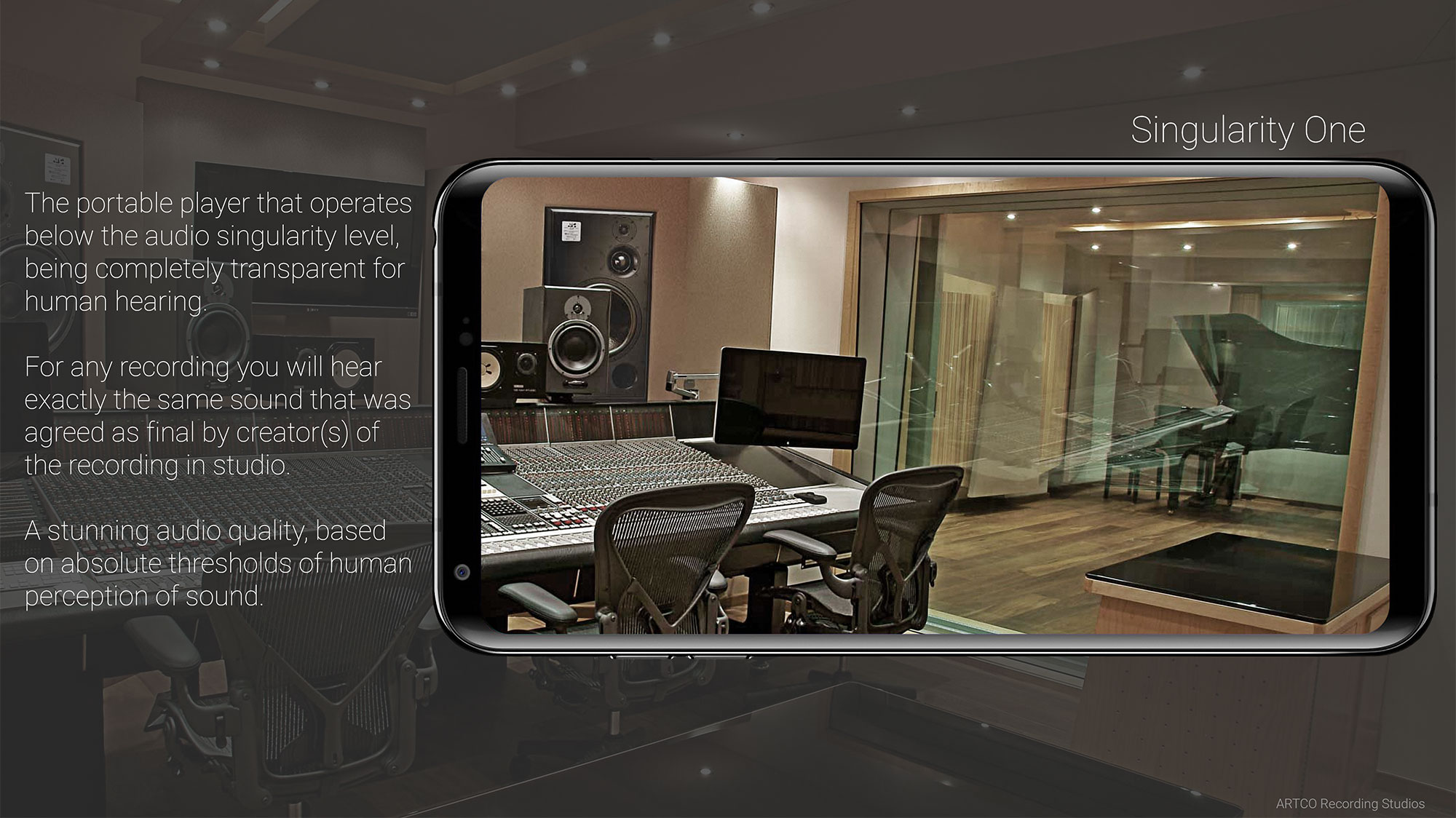Published Date 2/29/20 9:29 AM

This is an audio player concept, which helps to understand the benefits of manufacturing audio devices with “overkill” audio quality:
1. We listen all recorded music “through ears” of creator(s) – musicians, producers, sound engineers. A “warmth and depth” of sound at a listening point can not be any better or different than that, defined in studio by those people. Playback system can not and should not create the characteristics of sound, it has to transfer them untouched; it has to be transparent.
2. The required transparency is much easier to achieve on the engineering level of audio signal, because we are good enough in engineering and much weaker in psychoacoustics. The local thresholds of audibility for various types of distortion/degradation depend heavily on listeners and music/signals used. Hardly any reliable and universally agreed objective audio metric can be created. It is much easier to establish such metric on the engineering level of signal, based on absolute thresholds of audibility. For designers/engineers of audio circuits it doesn’t matter much what particular level of accuracy for music signal needs to be achieved: -50dB, -100dB or -150dB. They can do this already. Yes, such chips/solutions are higher tech products but in mass production they will be cheap anyway.
3. When playback path is transparent the role of sound engineers will skyrocket because of (1). Today they are in shadow, just a technical stuff for most listeners. This is not fair.
4. On top of this transparent path any audio processing can be added. This is a new market of applications for creative listening: vinyl/tube distortions, spatial enhancers, equalizers, dynamic compressors, concert hall simulators, room correctors, etc. In fact, this is the market of cool/pleasant audio degradations/distortions. Some of them today are sold by high-end industry in the form of their overpriced products. Definitely such “nice degradations” can be better accomplished in software than in hardware.
5. The transparency of audio path then can be easily controlled with a single measurable parameter, which will indicate the class of the audio accuracy of measured device. The innovative music-based audio metric - df-metric - helps to define the required levels of accuracy for various listening environments. Such approach is a better and open alternative to MQA.
Many semiconductor companies with sufficient experience can design and manufacture the audio chip for such player. They haven't done this until now only because nobody asked them for; they must be “incentivized” by audio consumers. Measurements of current audio devices on the market according to df-metric help to achieve this goal. And the player above can be a part of successful marketing campaign of the new audio products with the novel concept of Honest Audio / Honest Fidelity / Ho-Fi.